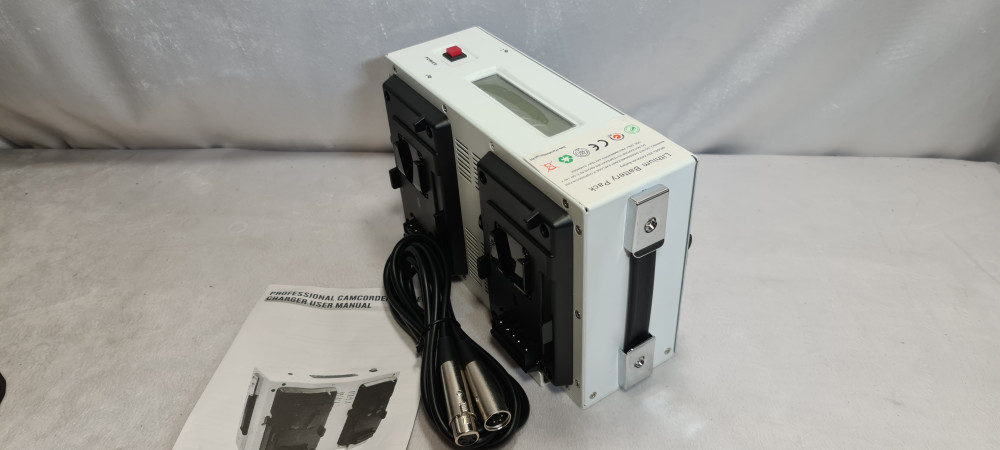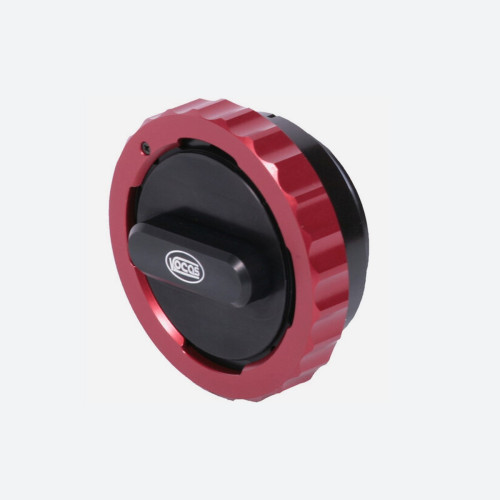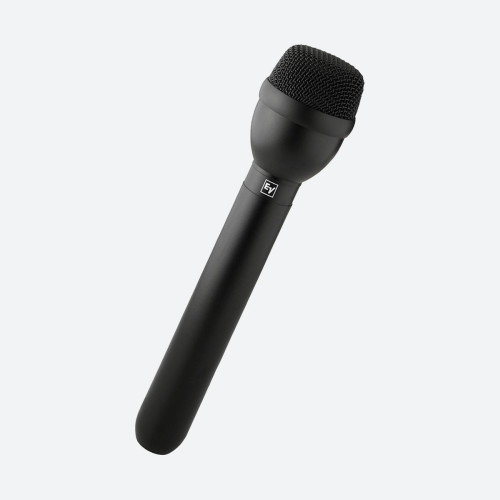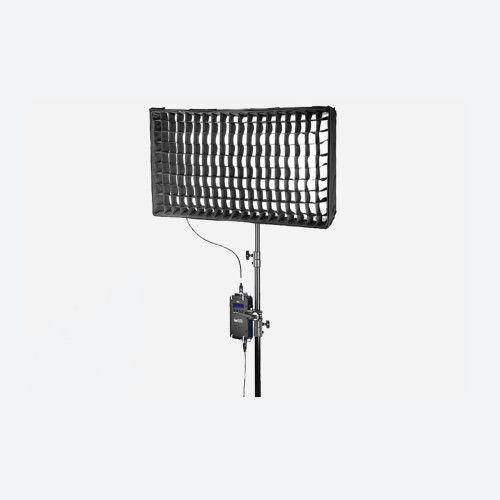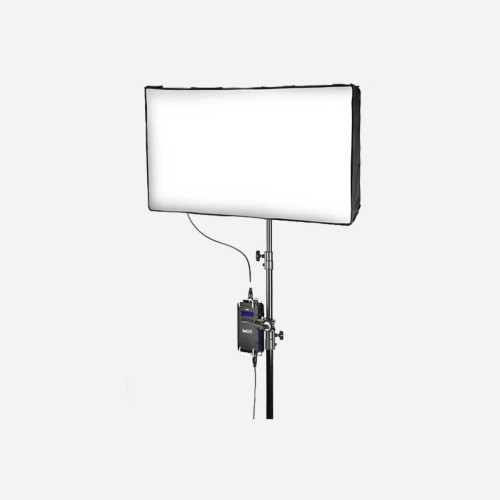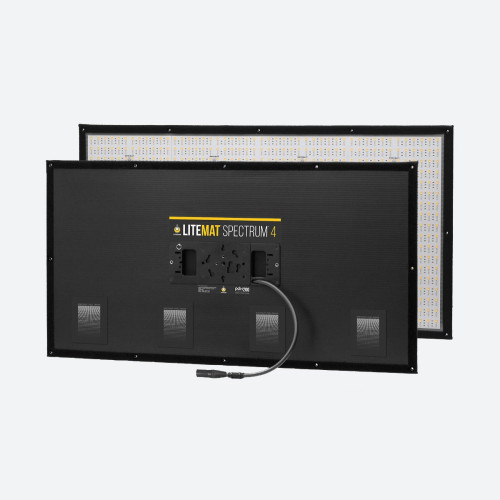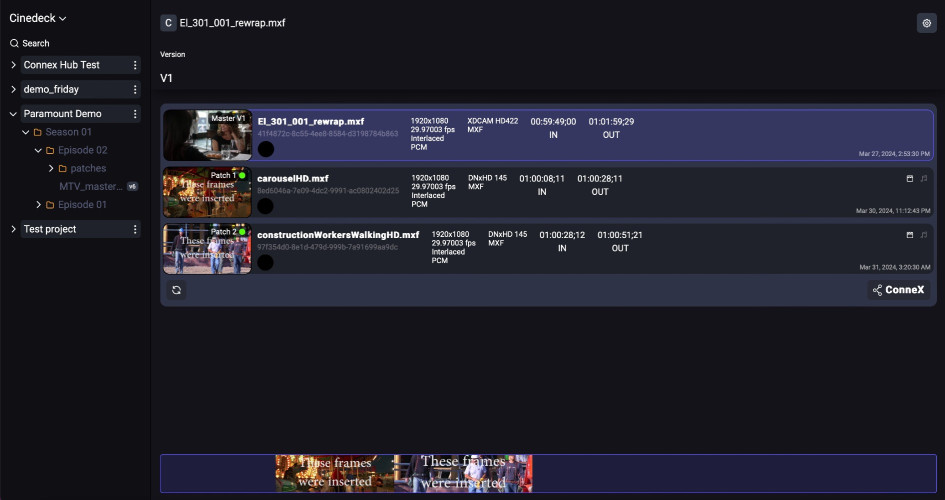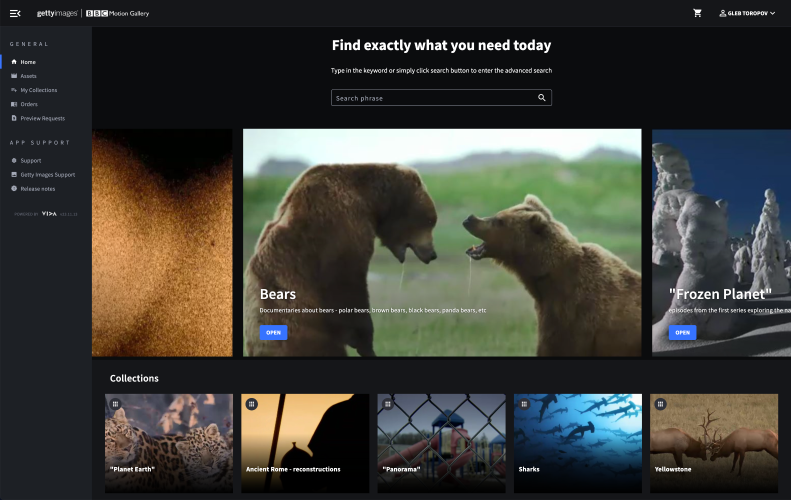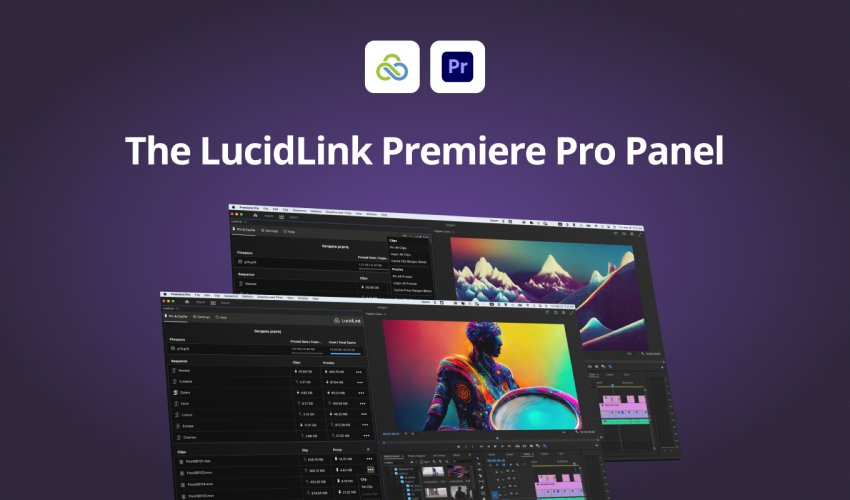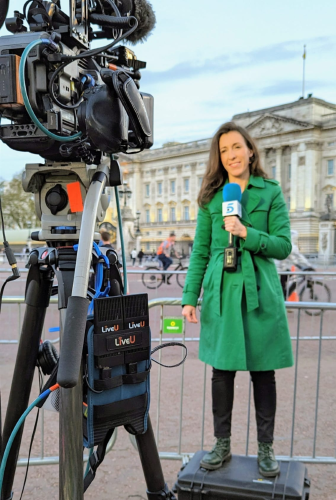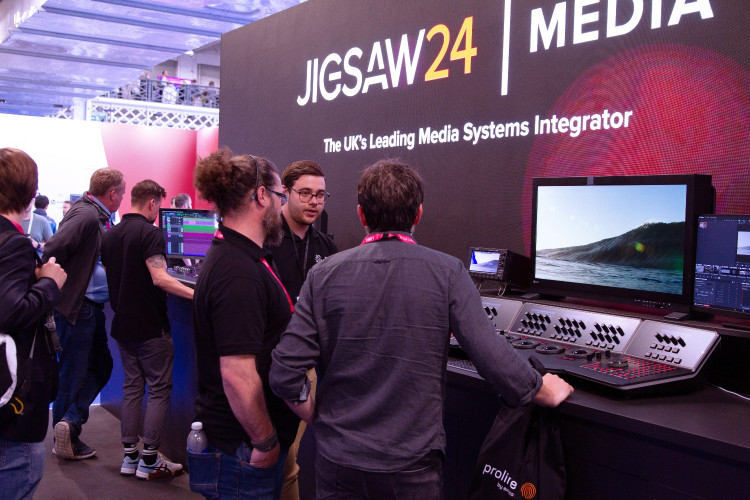A hidden beauty
Author: Dennis Lennie
Published 1st July 2008
The lifestyle of the Wildlife cameraman (and woman) you’d have thought, and I was hoping, was all exotic locations and beautiful scenery. Except for me the reality was a murky, water filled quarry during a very cold winter and early spring of 2006- 07. But to come face to face with a real homegrown legend I was more than ready to take the plunge.
The infamous Pike (Esox Lucius) is a creature loved by many hated by some and feared by a few, but to me it was to be the subject of my new film entitled ‘Lair of the water wolf’. This freshwater leviathan would take the starring role in my second short film, which I was to make for film festivals across the world. These festivals were to be the staging post and the proverbial ‘toe dipping’ into the wondrous world of wildlife filmmaking…
After my first film, a documentary about the tragic tale of an oil-tanker wreck sunk as an artificial reef off the coast of Malta, won several awards I decided to forge ahead and train my eye on my biggest passion, natural history, and as a self-financed filmmaker I needed to look a bit closer to home thus narrowing the costs funded from my ‘other’ job as a painter & decorator. Having dived at Stoney Cove, an inland divers training centre, for some years I remembered the huge pike that dwelled in the weeds that grew on the shallow ledges around the quarry, so I decided that this would be a perfect opportunity to get up close and personal with the pike. You can take photos and film in Stoney but you must get written permission to use the footage for personal gain, so after some discussions with the owners of the cove about my film and my intentions and signing a contract to let me use the footage I began my first recce dives to find the water wolf. This fearsome beast brought with it myth and legend, passed down through generations of anglers and enthusiasts. But the Pike is our most notorious freshwater predator so initially I thought there would be hundreds of films about the infamous river tyrant, but undeterred I dived into researching and discovering the facts about this beautiful and enigmatic creature.
Amazingly it turned out there were no actual natural history style films with the pike as the main subject, a few bit parts in other productions and the usual fishing programmes shot with a wonky pole-cam but nothing focussing on the pike themselves. Even stock libraries only held minimal sequences. This was a both a revelation and in a way a slight disappointment that one of our most revered fish had somehow, been overlooked…
To set about capturing images I thought would not only wow the audience but also impress the festival judges I decided to upgrade my equipment to the then new HDV format. Although still in its early days HDV looked promising, with its beautifully crisp colourful picture quality this was definitely the way forward. I chose to go the Sony route as I have always liked their cameras and obviously all the big names used them!! But I also had to think about the future and travelling. With excess baggage charges looming on future projects I wanted a small enough camera to fit in my carry on luggage, or even in my pockets if possible, without losing the semi-pro features. Another big factor in my decision, for this project, was that I would only be filming in around 6M of water and mostly surrounded by weeds so the camera and housing would have to very versatile and not to bulky to cart around because accidentally disturbing the sediment-covered floor would be a real disaster…
After some research and much deliberation I decided on the A1E. This multitalented little camera was smaller than my trusty old 950 and packed a real punch with the option of HDV or industry recognised DVCAM modes. This was to be a very useful feature because of the then ‘uncertainty’ of HDV I was asked to provide sequences to the BBC NHU in DVCAM mode and when it actually came to the editing of my film my friends editing software, Adobe Premier 6, was not able to except HDV files. Another possible downside was the single CMOS sensor against 3CCD’s but it thankfully turned out fine and the little cam did its required job just fine. To house the camera I again went for Amphibico and the ‘Dive Buddy EVO’ this was specially designed for the A1E and had the same functions as my earlier model but the added bonus of expanded focus and access to its tele-macro capability, so to be able to get macro shots of Perch eggs and the filtering mouth parts of the white clawed Crayfish was a real bonus. There was a downside to this technique, as without a tripod, you have to be able to hold the camera really still as any movement will show dramatically. This is especially hard when your in a restrictive dry-suit and you have numb fingers from the 3.5oc temperature of the water. But patience is as we know a virtue and it eventually paid off and my footage thrilled the BBC Natural History unit in Bristol and was shown on ‘The Nature of Britain’ with Alan Titchmarsh and my little ten minute film has gone on to win a few more awards for my trophy cabinet.
When I made my first film I was asked why did I choose an artificial hulk of a wreck with no soul and no apparent aesthetic value and on my pike film I was asked why choose such a common, ugly looking fish that lives in cold murky waters? Well as a filmmaker I think there is a story in almost everything, you just have to take a closer look. I suppose it gave me a great sense of achievement to see the faces of the sceptics after watching my films, especially with ‘Lair of the Water Wolf’. Capturing never seen before behaviour displays was so rewarding, but actually changing a few people’s perspectives of this so-called ‘killer’ and showing the real beauty of this ‘ugly looking fish’ was to me the icing on the cake and one of the reasons why I picked up my original camera in the first place.



